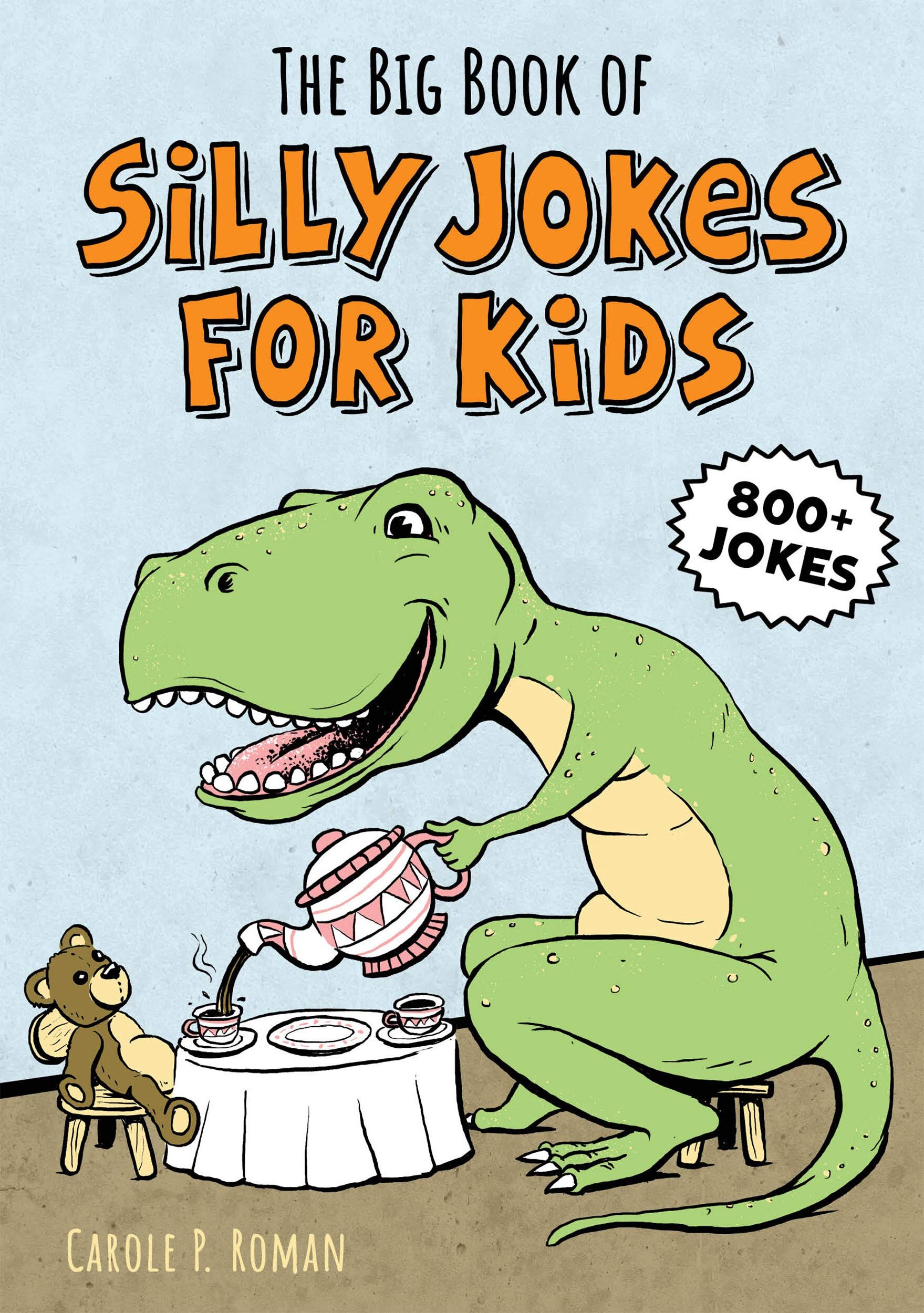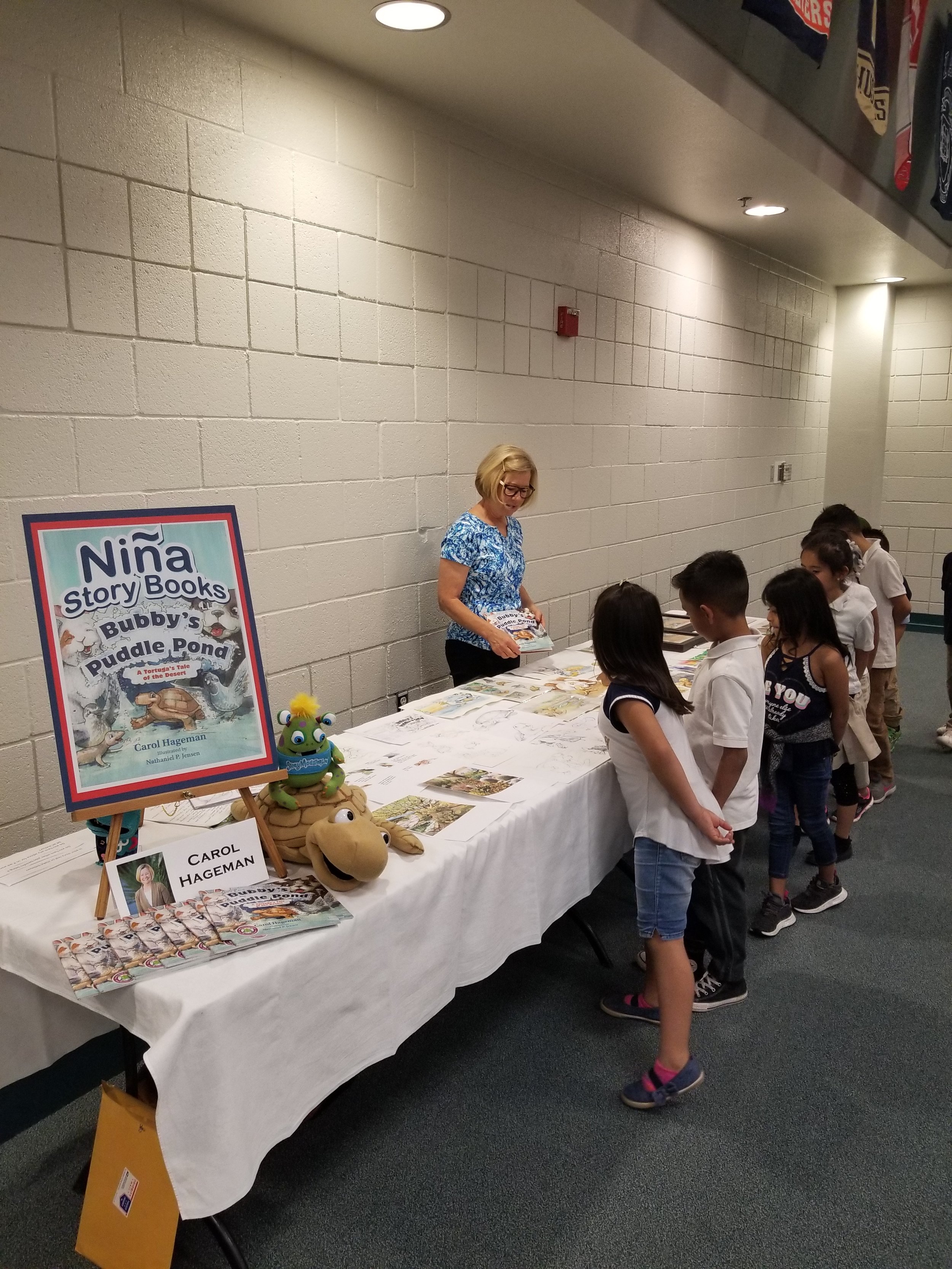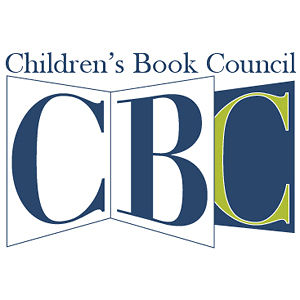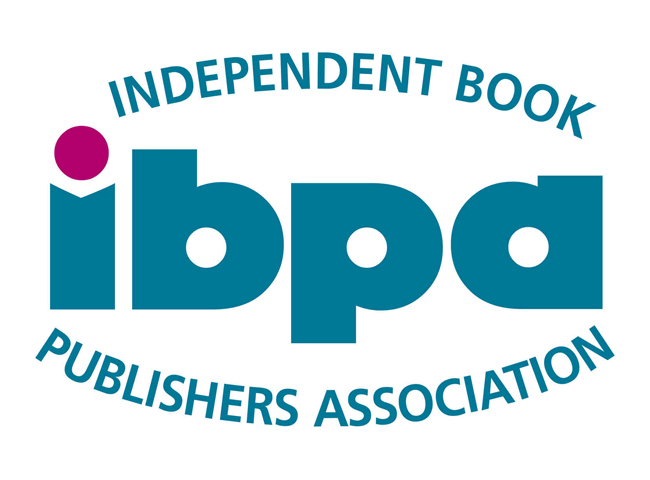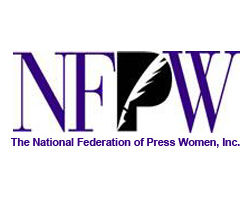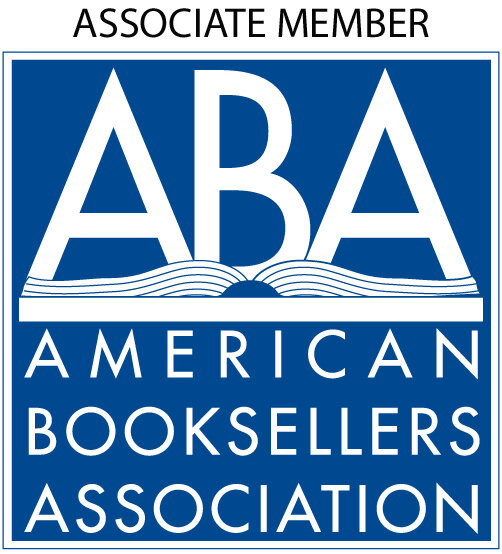Author Spotlight: Carole P. Roman
/
Carole P. Roman is the award-winning author of over 50 children's books. Whether it's pirates, princesses, or discovering the world around us, her books have enchanted educators, parents, and her diverse audience of children.
Where did you grow up?
I was born in Brooklyn, New York, but moved to Queens when I was three. At eighteen, my parents moved us to Long Island, so I grew up in three very different parts of New York. They say you can leave Brooklyn, but Brooklyn never leaves you. It was there I learned about family and community that shaped my entire life.
Did you read a lot as a child?
My grandmother lived with us and I still have the fairy tale book she used to read to me. It was my mother’s book. Those wonderful stories became a part of my imagination. She was a terrific storyteller, my grandmother, and she gave me the love for personal histories and how they are affected by world events. I grew up on her stories about pre-war Europe and trench warfare of World War 1. I started reading Nancy Drew books in second grade in a friendly competition with my best friend. We raced to see who would finish all 100 books first. I think she did, but I went straight into adult fiction by fourth grade and read whatever was laying around the house. My mom and grandmother were avid readers and there was always something. Interesting fact, I still trade books with that same friend 58 years later.
What were some of your favorite books/authors?
I love Tracy Chevalier, Bernard Cornwell, Allison Weir, Phillipa Gregory, anything with history in it. My favorite book of all time was ShoGun. It was the perfect mix of history, adventure, romance, and intrigue. However, I love some of the newer books coming out written by Colson Whitehead, CS Harris, and so many others. I can’t go to bed at night unless I read first.
What did you want to be when you grew up?
I wanted to be an actress, but my parents told me I had to get a practical degree. I took acting, singing, and dancing lessons and was in many amateur shows, but got my degree in secondary education. I taught for a hot minute and my husband asked me to help him build our business. I did and we became one of the largest players in our industry. We employee hundreds of people and I still work there as the CEO. Writing came to me later in life. I started this second career at 58 and haven’t looked back. I have a podcast and founded a magazine. I write under two pen names and am very active in the indie community.
Tell us about some of the jobs you’ve had before you became a writer.
I sold high-end jewelry. I was a social studies teacher. I have been a dispatcher, reservationist, saleswoman. I have sold children’s coats and babysat for other people’s children. I have worn many hats!
How did you get started writing?
My mom and I were very close. We did almost everything together, especially read. When she passed from lung cancer, I was in a funk. My sons wanted to help me get out of it, and created a contest to see who could come up with the best story. I brought in Captain No Beard, based on playtime with my grandchildren. It not only won first place in our contest, it was named to Kirkus’ Best of 2012.
What do you like best about writing?
I love creating characters. I enjoy hearing how people were entertained by something I created. I love when I hear how a book made them happy or helped them get through a troubling time. It’s intimate to share your writing. It makes the world a smaller, friendlier place. I also like the challenge of doing something new, pushing myself to try new things, new genres.
What do you find the most challenging about writing?
Getting all the errors corrected. I don't see my mistakes no matter how many times I read it. I see what I intended to say, and those pesky errors irritate me. I put all my books through three professional editors and there are still things that slip through.
What do you think makes a good story?
A good story is selective to the person reading it. I like human stories. I enjoy reading about a person’s experience in a world I may or may not recognize. I just finished The Nickle Boys and it left me sad, but it was important to be left unhappy. The purpose of the book was to expose injustice in the world. Reading informs and teaches us about what we don’t see. It teaches me never to take my life for granted. It leaves me thinking, there for the grace of God go I. I can only relate the experiences of my life. Reading opens up a whole new world and helps me understand others.
Where do you get your inspiration?
I get my inspiration from everyday life. They say to write about what you know. That is always where I start. It makes the book authentic.
What is your favorite reading/writing snack?
Popcorn is not only my favorite snack, it’s my favorite food.
Do you have any quirky writing habits?
I can talk and write at the same time. I can have a conversation with my brother, who is blind and never realizes that I am working on something. I also write horror under the name Brit Lunden, which is weird. I have never watched or read anything that is horror. I hate to see blood, and they said my debut book as Brit Lunden was very scary. It’s funny. I have no idea where it came from. Must have been all those gory fairy tales.
What writing advice do you have for aspiring authors?
Don’t get discouraged. Get on a good thread on Goodreads and talk to other authors. If you pay for anything, make it an editor and a good cover.
If you could spend a day in any imaginary world from a book you’ve read, where would it be and why?
Regency England, having tea with Jane Austin.
Tell us about your latest book/project.
I just published The Big Book of Silly Jokes and am delighted with the reviews it is receiving. I think the world needs more laughter and I am happy to accommodate. The book is a good way to teach children how to break the ice. It has 800 jokes, plus a chapter on how to write your own. It can be used as a reading tool, and in the case of my granddaughter, it’s a great way for her to practice speech. I also just finished a book on spies during World War II, for kids. It was fascinating. Lastly, I am publishing my latest book in the Bulwark Anthology for the adult readers.
For more information about Carole and her books, visit:
Facebook Twitter Instagram Blog Website Amazon Author Page


